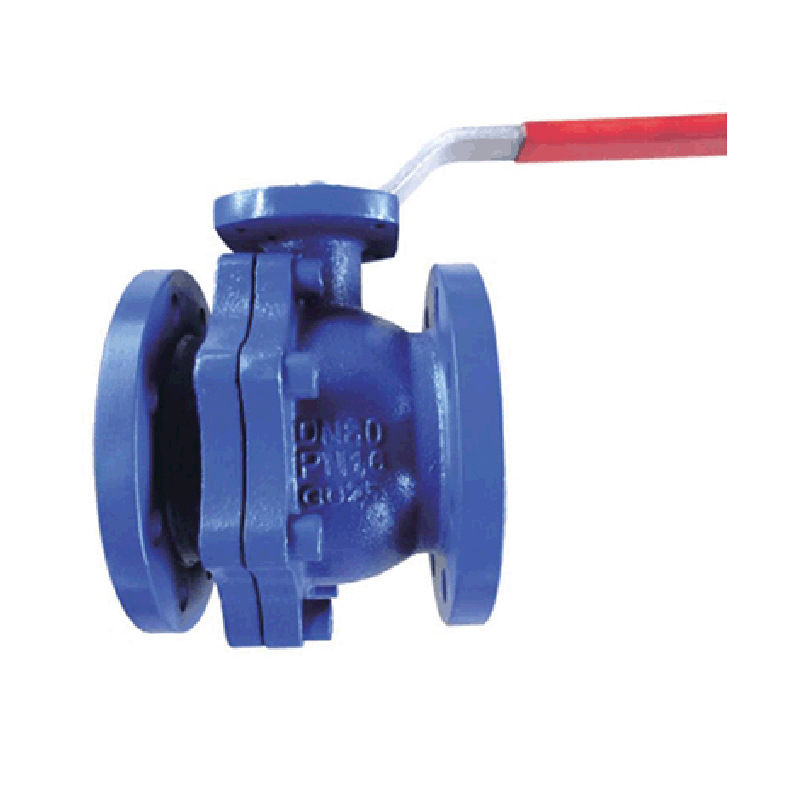Nov . 10, 2024 19:01 Back to list
Choosing the Right Foot Valve for Your Water Pump System
Understanding Foot Valves for Water Pumps
When it comes to water pumping systems, foot valves play an essential role in ensuring their efficiency and reliability. These valves are a vital component of any suction line, particularly for submersible pumps and jet pumps. This article delves into the significance of foot valves in water pumping systems, their functionality, types, and maintenance considerations.
What is a Foot Valve?
A foot valve is a type of check valve that is installed at the bottom of a suction line, typically submerged in water. Its primary function is to prevent the backflow of water into the source when the pump is turned off. By maintaining a prime in the suction line, foot valves enable pumps to start more efficiently and minimize the chances of air locks, which can lead to pump failure or reduced performance.
How Does a Foot Valve Work?
Foot valves operate on simple mechanical principles. When the pump is in operation, water flows into the pump through the suction line, and the pressure forces the foot valve open. When the pump is turned off, the valve closes automatically due to gravity and the back pressure of the water column. This closure creates a seal that prevents water from flowing back down into the source, such as a well, river, or reservoir. By keeping water within the suction line and the pump itself, the foot valve ensures that the system remains primed and ready for the next operation cycle.
Types of Foot Valves
Foot valves come in various designs, supporting different applications and operational requirements. The most common types include
1. Ball Foot Valve This type utilizes a ball as the sealing mechanism. When water flows in, the ball lifts off the seat, allowing passage. Once the flow stops, the ball drops back into the seat, sealing the valve. Ball foot valves are known for their simplicity and effectiveness in preventing backflow.
foot valve for water pump

2. Diaphragm Foot Valve Instead of a ball, a diaphragm foot valve uses a flexible rubber diaphragm to seal the valve. This design can provide a better seal under varying pressures and is less likely to stick compared to ball valves, making it suitable for applications with fluctuating water levels.
3. Screw-type Foot Valve This design features a screw mechanism that opens and closes the valve. It's generally more robust and offers greater durability, making it suitable for heavy-duty applications.
Maintenance Considerations
To ensure the longevity and reliability of foot valves, regular maintenance is vital. Here are some key points to consider
- Inspection Regularly inspect the valve for signs of wear, corrosion, or debris accumulation, which can hinder its function.
- Cleaning If the valve uses a mechanical part (like a ball or diaphragm), cleansing it periodically will prevent buildup that might hinder its operation.
- Replacement Over time, foot valves may wear out, especially when exposed to harsh conditions or contaminants. Timely replacement is crucial to avoid operational issues in the pumping system.
- Proper Installation Ensure that the foot valve is installed correctly at an appropriate depth to prevent sediment interference and to maintain its functionality.
In conclusion, foot valves are an integral part of water pumping systems. They ensure operational efficiency by preventing backflow and helping maintain the necessary prime for pumps to function effectively. Understanding their function, types, and maintenance can significantly enhance the performance of your water pumping system and extend its lifespan. For efficient and reliable water management, investing in a quality foot valve is indeed a wise decision.
Share